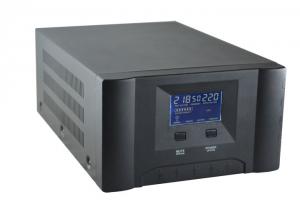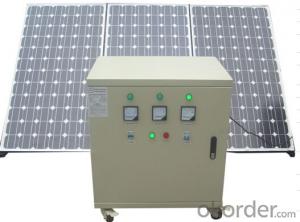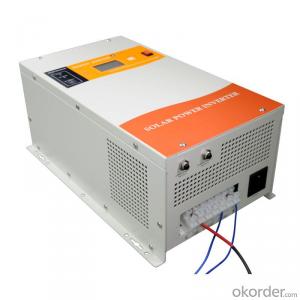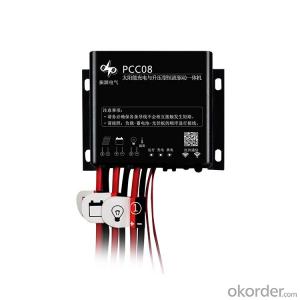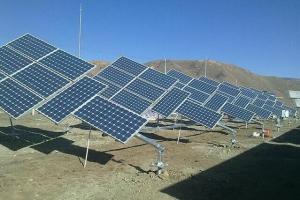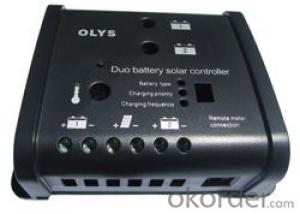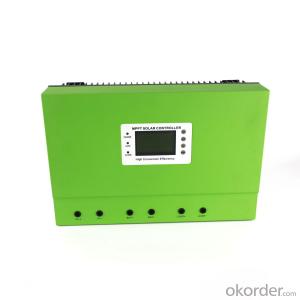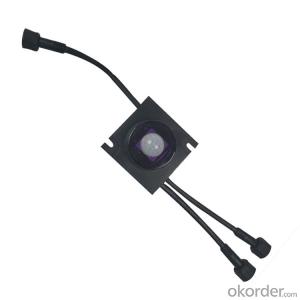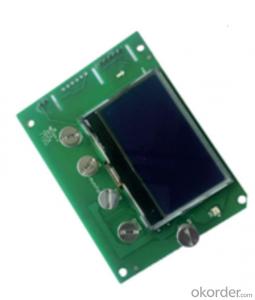Solar Power Inverter 1000w
Solar Power Inverter 1000w Related Searches
Home Power Inverter For Solar Solar Power Inverter For House Solar Power Inverter For Rv High Power Solar Inverter Cost Of Solar Power Inverter Solar Power Inverter System Power Inverter Solar Panel Inverter Ac On Solar Power Solar Power 3 Phase Inverter Cheap Solar Power InverterHot Searches
Type Of Inverter For Solar Types Of Inverter For Solar Used Solar Inverter For Sale Inverter Size For Solar System Solar Edge Inverter For Sale 5kw Solar Inverter For Sale Solar Inverter For Sale Solar Inverter For Battery Solar Inverter For Split Ac Solar Inverter For Laptop Solar Inverter For Fridge Solar With Inverter Price Solar Inverter With 2 Battery Solar Inverter Price In China Best Solar Inverter In China Solar Inverter Price In Dubai Solar Inverter Price In Uae Solar Inverter Price In Kenya Solar Inverter Price In Kerala Type Of Inverter For SolarSolar Power Inverter 1000w Supplier & Manufacturer from China
Okorder.com is a professional Solar Power Inverter 1000w supplier & manufacturer, offers integrated one-stop services including real-time quoting and online cargo tracking. We are funded by CNBM Group, a Fortune 500 enterprise and the largest Solar Power Inverter 1000w firm in China.Hot Products
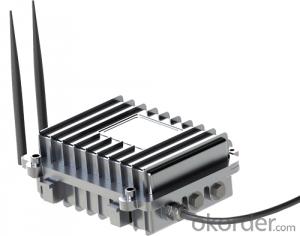
Internet of Things Wireless Centralize Controller Remote Monitor System MPPT Solar Charge Controller
FAQ
- Yes, a solar controller can be used with a solar-powered medical equipment system. A solar controller helps regulate the flow of electricity from the solar panels to the equipment, ensuring optimal charging and preventing overcharging or damage to the system. It also helps monitor and protect the batteries, ensuring a reliable power source for the medical equipment.
- Yes, a solar controller can be used with a solar microinverter system. A solar controller helps regulate the voltage and current flow from the solar panels, ensuring optimal charging of batteries or efficient use of power. It can be used in conjunction with a solar microinverter system to enhance performance, monitor energy production, and manage battery charging.
- A solar controller handles protection against battery reverse polarity by incorporating a reverse polarity protection circuit. This circuit ensures that if the battery is connected incorrectly, the solar controller will prevent any current flow or damage to the system.
- Yes, a solar controller can be used with solar panels of different flexibilities. The main purpose of a solar controller is to regulate the charging process of the batteries connected to the solar panel system. It manages the flow of electricity from the solar panels to the batteries, ensuring an optimal charge. The flexibility of the solar panels, whether rigid or flexible, does not affect the compatibility with the solar controller. As long as the solar panels are designed to generate electricity from sunlight, they can be connected to a solar controller to charge the batteries effectively.
- To integrate a solar controller with a smart home automation system, you need to ensure compatibility between the solar controller and the automation system. Most modern solar controllers come with built-in communication protocols like Wi-Fi or Zigbee, allowing them to connect to a smart home hub or directly to a smartphone app. To begin, you should check the manufacturer's documentation or website to determine if the solar controller supports integration with your specific automation system. If it does, follow the provided instructions to set up the connection. This usually involves connecting the solar controller to your home's Wi-Fi network or pairing it with the automation hub. Once connected, you can use the automation system's app or interface to monitor and control the solar controller. This may include monitoring energy production, setting charging schedules, adjusting battery settings, or receiving notifications about system status. Additionally, you can integrate the solar controller with other smart devices in your home, such as smart thermostats or lighting systems, to optimize energy usage based on solar availability. Remember to consult the manufacturer's instructions and seek assistance if needed to ensure a seamless integration between your solar controller and smart home automation system.
- Yes, a solar controller can be used with a solar-powered telecommunications system. A solar controller helps regulate the flow of electricity from the solar panels to the batteries, ensuring that the system is charged efficiently and protecting the batteries from overcharging. It is an essential component in maintaining the performance and longevity of a solar-powered telecommunications system.
- An MPPT (Maximum Power Point Tracking) solar controller and a PWM (Pulse Width Modulation) controller are two different types of charge controllers used in solar power systems. The main difference between these two controllers lies in their charging techniques and efficiency. A PWM controller is simpler and more basic compared to an MPPT controller. It works by rapidly turning the solar panel's output on and off, allowing the battery to be charged intermittently. This results in a fluctuating charging current, where the panel output voltage is reduced to match the battery voltage. As a result, the solar panel operates at a lower voltage than its maximum power point, leading to some power loss. On the other hand, an MPPT controller is more advanced and efficient in maximizing the power output of the solar panel. It uses a sophisticated algorithm to continuously track the maximum power point of the panel, adjusting the voltage and current to ensure that the panel operates at its optimum output. By doing so, an MPPT controller allows the solar panel to deliver its maximum power to the battery, resulting in higher charging efficiency and overall system performance. Moreover, an MPPT controller can handle higher input voltage from the solar panel, which enables the use of longer wiring distances and allows for more flexibility in system design. It also works well in conditions where the solar panel's output voltage is significantly higher than the battery voltage. In summary, while a PWM controller is a simpler and more cost-effective option, an MPPT controller offers superior charging efficiency, better utilization of the solar panel's power, and the ability to handle higher voltage inputs. Therefore, an MPPT controller is generally recommended for larger, more complex solar power systems, where optimizing energy harvest and maximizing system performance are of utmost importance.
- Yes, a solar controller can be used in a solar-powered electric fence system. A solar controller helps regulate the charging and discharging of the battery used in the system, ensuring optimal performance and preventing overcharging or damage to the battery. This is particularly important in a solar-powered electric fence system as it relies on solar energy to power the fence and maintain its functionality.









